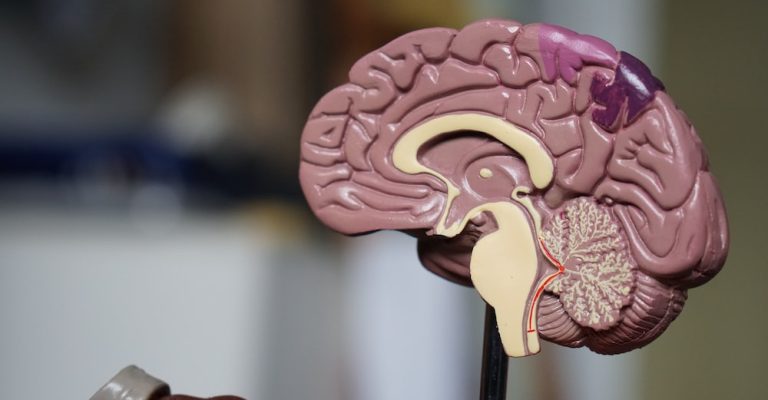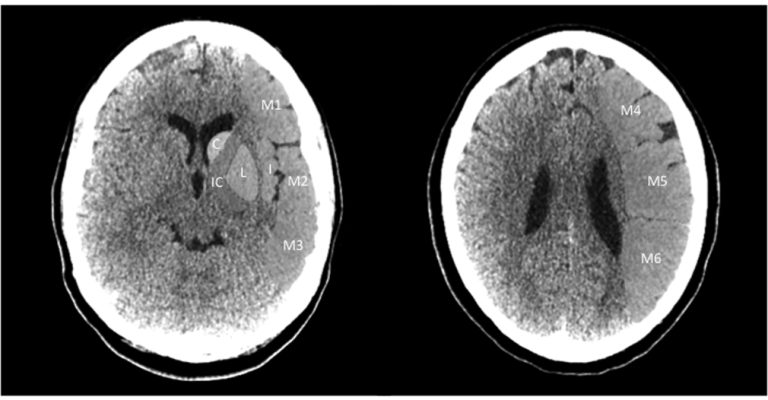
One type of stroke, affecting the basal ganglia, has been linked to unusual long-term effects, such as emotional flattening or a loss of spontaneous speech.
The additional possible long-term repercussions of a stroke in the basal ganglia may soon be revealed to you. In any case, it’s not all terrible news because you’ll find out that recovery is possible and how you may take measures to improve outcomes.
Neuroplasticity refers to the brain’s inherent flexibility and capacity to learn and adapt by forming new connections and altering established ones.
This suggests that some of the abilities lost due to a stroke may be recovered. The brain can form new connections between otherwise healthy regions to regain control of previously lost functions following a stroke.
A stroke victim who lost arm control due to damage to her basal ganglia could regain control of her arm through neuroplasticity. Of course, this does not occur spontaneously.
For neuroplasticity to occur, one must actively engage in a meaningful experience.
Rehabilitation, thankfully, exists for such situations. Stroke survivors engage in intensive treatment to stimulate the brain to reorganize and reclaim lost abilities.
Let’s look at the several basal ganglia-related consequences that can develop after a stroke before we delve into the rehabilitation process. When that happens, we’ll lay out a plan for becoming well.

Remember that everyone reacts differently to stroke’s aftereffects because each individual’s stroke is unique. Any or all of the following effects may not manifest in a person who has suffered a stroke.
Instead, the items on this list provide a high-level summary of the probable consequences of a stroke affecting the basal ganglia.
To name a few of the most typical lasting results:
The basal ganglia play a pivotal role in regulating voluntary muscular activity. Damage to this regulation can impair one’s ability to move in concert with one’s extremities. As a result, motor deficits are one of the most common long-term outcomes of a stroke in the basal ganglia.
Motor deficits can take numerous forms, including dystonia and chorea. Paralysis after a stroke affecting the basal ganglia is possible in extreme cases.
The effects of a stroke on a man’s basal ganglia are evident in his altered emotional state. It has been shown that basal ganglia abnormalities can influence how we feel and what we feel.
In particular, a stroke in the basal ganglia is linked to a lack of emotional response. For those experiencing emotional blunting, both excellent and negative stimuli are taken in with less enthusiasm. This “blunts” or dulls one’s feelings.
Survivors of a stroke to the basal ganglia may have emotional blunting, making it such that even the most problematic aspects of post-stroke life are less impactful. To that end, it is puzzling that depression is such a frequent stroke outcome.
Consider this occurrence from the perspective of a person who has overcome a stroke. Would it not impact you if you suddenly sensed a lack of emotion in your life, whether it be grief or happiness?
Because each individual has a unique set of circumstances, the aftereffects of their stroke will also be unique.
Long-term depression is a typical result of a stroke on the basal ganglia, but it does not affect everyone who survives such a stroke.
One study found that a patient who had survived a stroke to the basal ganglia had a sluggish verbal response time. He was mute until addressed directly. Though he didn’t speak much, his comments were always well-thought-out and natural.
These findings support that a stroke in the basal ganglia can affect one’s ability to express oneself voluntarily through speech.
However, because each stroke is unique, the aftereffects on the basal ganglia will be distinct for each individual.
Aphasia describes the most common form of speech impairment following a stroke. A speech-language pathologist is the best person to assist you in determining which type of aphasia you have.

Long-term repercussions of a stroke to the basal ganglia are depicted here in the form of brain rewiring.
Rehabilitation after a stroke typically involves stimulating neuroplasticity to promote neural rewiring. Experience, mainly when it is consistent and repeated, can activate neuroplasticity.
A variety of stroke exercises, which focus on the afflicted muscles, help restore movement in the body.
It is recommended that patients regularly participate in physical therapy to supply the brain with the necessary stimulus for the healing process.
Improvements in gait can be achieved through practice.
The capacity to walk is revived with this treatment. The goal of gait therapy is to retrain the body to walk more steadily by strengthening the legs, feet, and trunk. The field of physical therapy is often responsible for this.
This aid will be much easier to perform self-care tasks like getting dressed and using the restroom again. Arms can be strengthened, and coordination can be enhanced with OT services.
Performing various activities designed to retrain the senses helps restore bodily experience. It’s designed to help your brain relearn how to process sensory information, including touch.
Restoration of speech is aided by engaging in various speech therapy activities. It is best to collaborate with a speech-language pathologist.
These professionals are trained to identify a wide range of language abnormalities and devise individualized treatment plans for each patient.
This can be helpful for survivors experiencing emotional shifts like despair or emotional blunting. Seeing results may require multiple sessions.
What to expect in case of basal ganglia stroke, what symptoms to look out for, and what possible repercussions could there be? Explore the different treatment options available.
Also Read: Spinal cord injury rehabilitation
The NewGait is like any other fitness equipment. It can cause injury if used improperly. If injury occurs while in use, stop immediately and consult your physician. Follow these steps to ensure safe use.

Washing by hand is the best way to clean the NewGait. Cold water and gentle detergent will maintain the life of the material the longest. To hand wash, dip the component into soapy cold water, then rinse in clean water. Make sure all Velcro straps are fastened with no Velcro exposed because the coarse part of the Velcro can degrade the nylon webbing. Hang to dry in the shade, or, to expedite the process, pat the components dry with a towel while applying pressure to transfer moisture.


Lorem ipsum dolor sit amet, consectetur adipiscing elit, sed do eiusmod tempor incididunt ut labore et dolore magna aliqua enim ad minim veniam, quis nostrud exercitation ullamco laboris nisi ut aliquip.